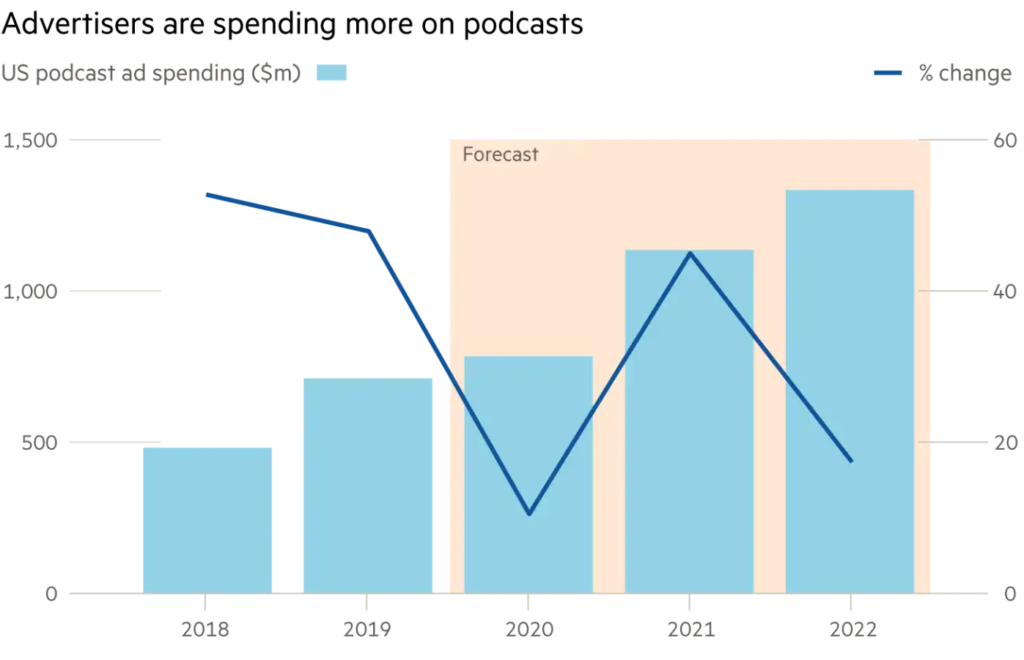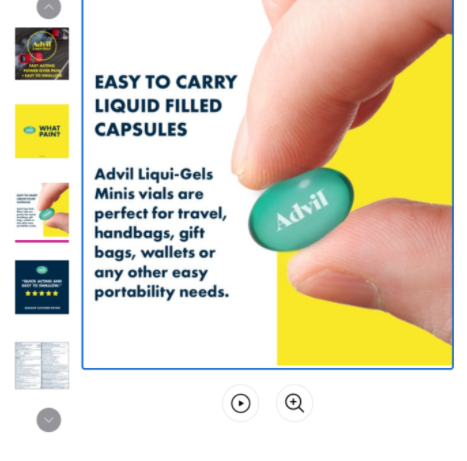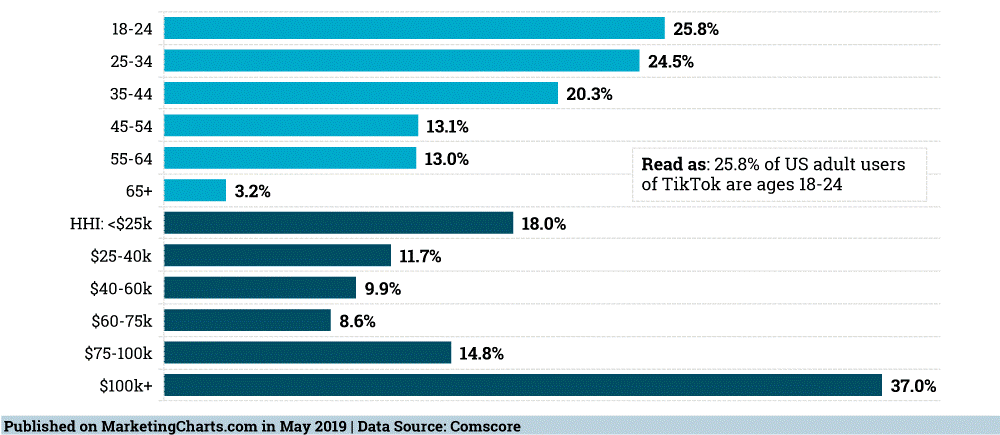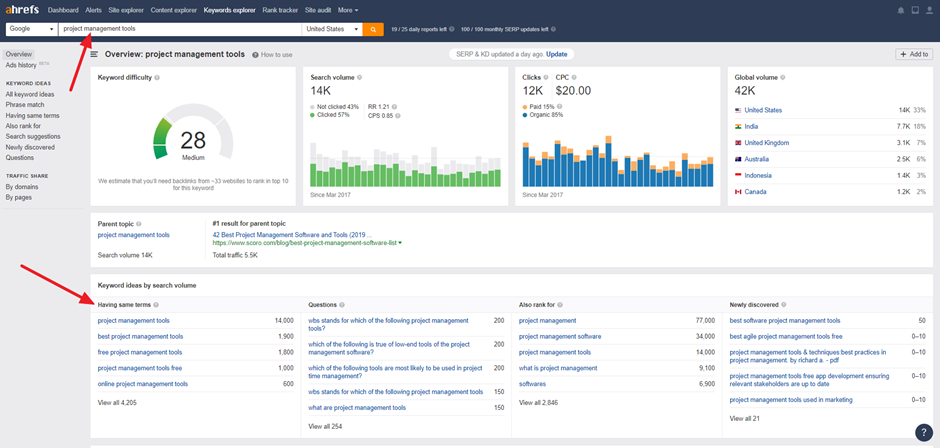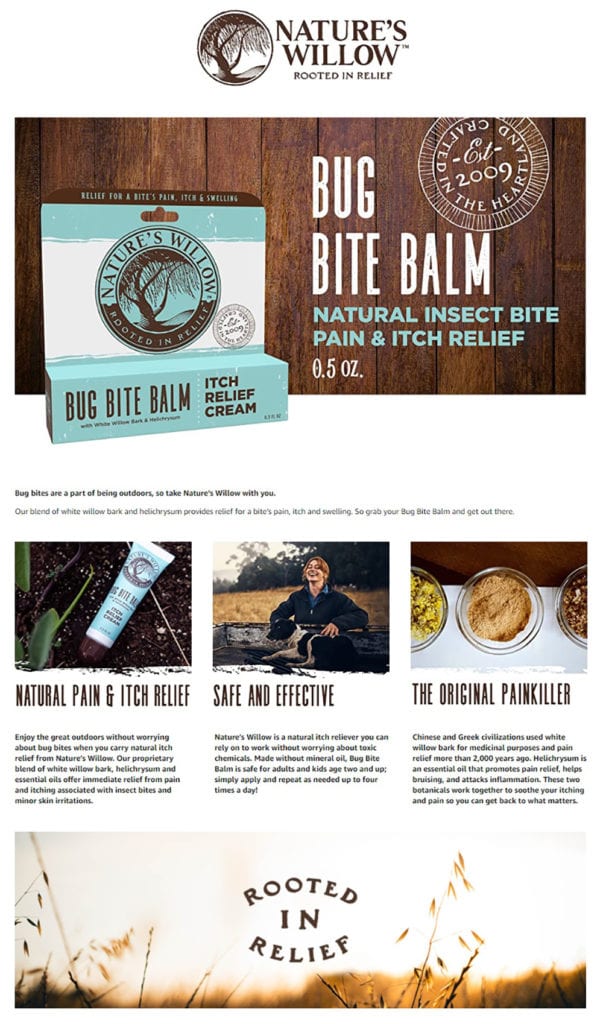Due to the increasing internet penetration rates and ever-expanding acceptance of digital platforms around the world, digital advertising has grown to become one of the most important forms of advertising and a common denominator for digital marketers. For example, while Instagram’s advertising platform is used by over 2 million businesses, mobile app usage has surged by 20% in 2020.
According to a market research report from Business Insider, Google, Facebook, and Amazon accounted for nearly two-thirds of total US digital ad spending in 2020. Relatedly, nearly 356 billion U.S. dollars were expended on digital advertising in 2020. This figure is expected to rapidly increase in the upcoming years. According to the latest projections, digital advertising revenue will amount to 460 billion U.S. dollars by 2024.
With the shenanigans of 2020 behind us, business owners and marketers alike are on the lookout for ways to help businesses recover after a challenging year. Marketers are re-examining their usual strategies and looking for new ways to penetrate the market or consolidate on their successes.
According to a global survey of marketers, one of the key issues in the digital marketing space is the over-reliance on the walled gardens – Facebook, Google, and Amazon. While 60% of ad spend goes to these big ad publishers, it is observed that consumers only spend 34% of their time on these platforms. Beyond this disparity of budget versus time spent, there are other motivations for marketers to better diversify their ad spend.
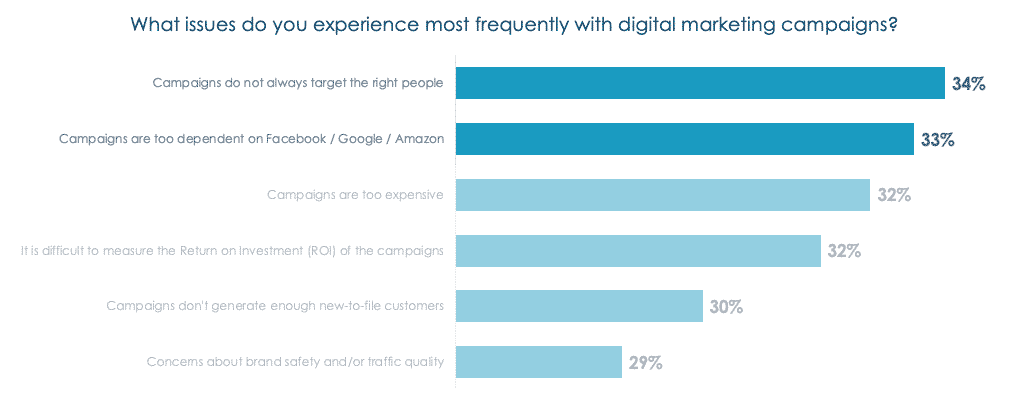
Source: Criteo
Why are marketers re-evaluating their ad strategy?
- Lack of data and transparency: While advertisers have limited (or no) access to the data, the reporting is not transparent. Also, due to the inconsistencies and difference in practices, when a user leaves the walled garden to surf the open web, campaign learning principles do not apply – this creates a disjointed customer journey.
- Brand safety concerns: The increased need for policing on social networks has made many brands rethink their ad placements. With lawsuits against walled gardens on the rise, brands are paying closer attention to publishers to align with, and how that reflects on their own values.
- Consumers are concerned: With the rising use of the internet and its associated concerns, at least 40% or more of all generations are worried about privacy, and scams and viruses. All these have made the marketers to review and re-strategize on new methods of ad placement and ad spend.
How to Diversify Your Digital Ad Spend
- Goodwill and purpose-driven missions from brands: Now more than ever, brands are having to dig deep to diversify their ad spend to flourish in turbulent times. Deloitte in their report states that brands need to “be deeply attuned to why they exist and who they are built to serve”. Consequently, more brands are expected to run ad campaigns like Hilton’s #HotelsForHeroes, where they gave away free rooms to medical workers or Chanel’s contribution to the pandemic where they tasked their dressmakers with making face masks.
- Live-streams and an increase in influencer content: There has been a massive increase in the number of people tuning into live streams, whether it’s a branded live stream, a live video from their favorite celebrity, or an online workshop. This ad option can be useful especially now that consumers crave human-driven content (like influencer live-streams) that can create trust, and tap into the ‘in-the-moment connection.
- User-generated content (UGC) to enhance the customer experience: Consumers crave enjoyable experiences with brands that are easy and memorable. Since UGC ticks all the boxes when it comes to connective content, it is an effective way for brands to forge relationships with their customers and provide social proof.
- An emphasis on sustainability: According to reports from Nielsen, 81% of consumers strongly feel that companies should help improve the environment. The hunt for a greener planet continues, and consumers are actively seeking out brands that are purpose-driven and conscious about the environment. It will be key for brands to reiterate their sustainability in 2021.
- Inclusivity will be key: Nowadays, inclusivity has become a bigger focus, with the Black Lives Matter movement highlighting endemic issues that linger within various elements of society. Consequently, brands that are seen to be non-inclusive, (or who seem not to identify with the inclusivity conversation), will likely see negative impacts on their patronage. On the flip side, brands that are openly involved in inclusive causes will benefit and drive deeper connections with their buyers.
- Easy-to-consume content: People are steadily leaning on easy-to-consume content – like podcasts that can be consumed on the go or newsletters that land directly in subscriber’s inboxes. About 55% of Americans now listen to podcasts, while newsletter mentions were up 14% during the lockdown. Consequently, advertisers are spending more on podcasts and email marketing to reach their customers. This convenient and readily available content will help brands connect more deeply with customers and provide a more intimate way to stay in touch.
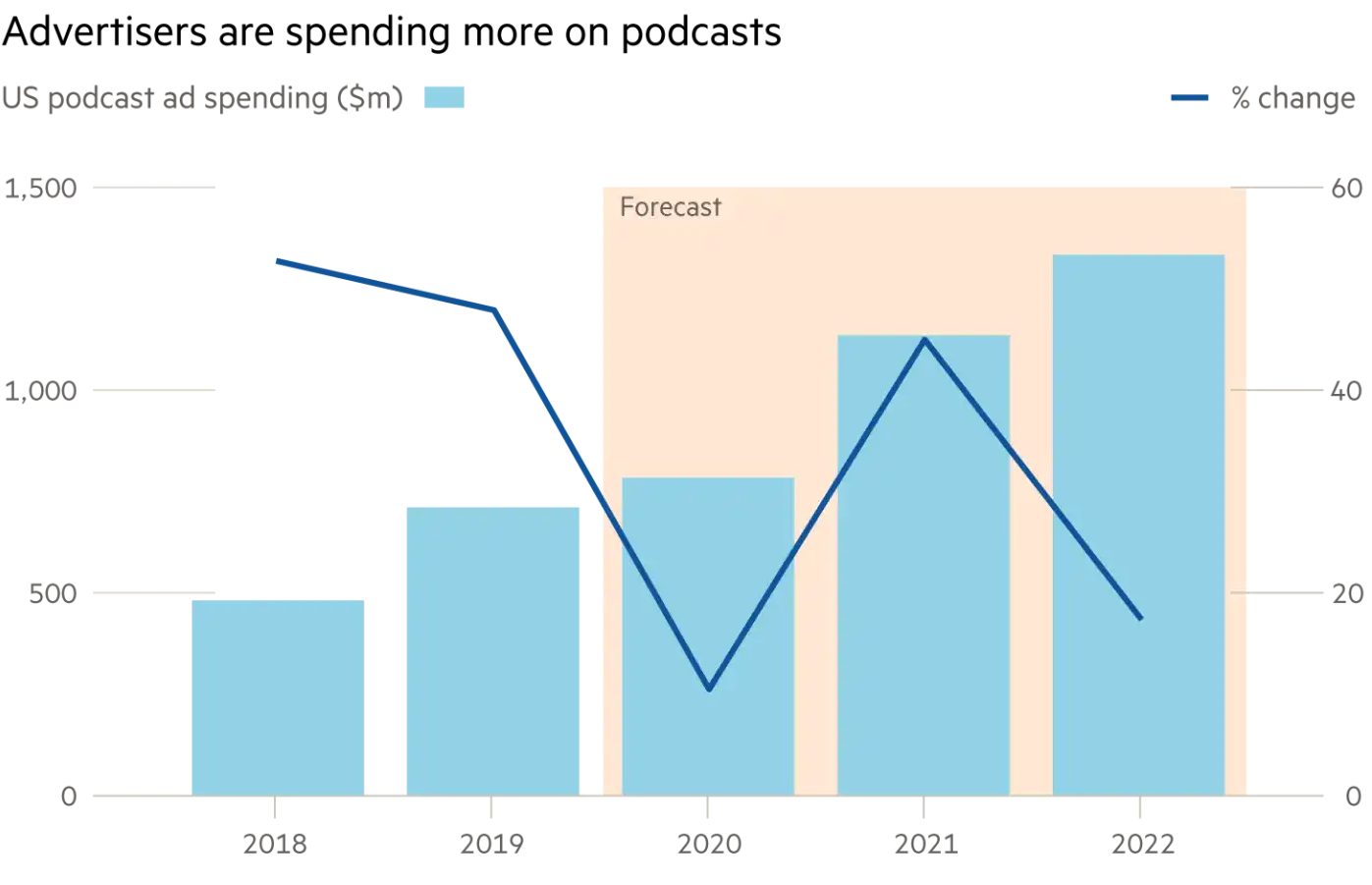
Source: eMarketer
- Adopting a marketing mix: Since most companies are adopting marketing mix modeling solutions to understand the relative impact of the advertising spends on business performance, it is another way to diversify your ad spend.
Channels to Diversify your Ad Spend
As a part of the marketing mix, the following are some channels that are getting more ad attention and budget in 2021:
- The open internet: This includes sites and apps of premium, large-scale publishers like NBC, DailyMail.com, and the Weather Channel, retailers like Target and New Look, and the millions of other properties not owned by tech giants. The open internet is a channel where marketers can reach people across the full funnel, from contextual targeting to customer engagement campaigns.
- Retail media: Brands see retail media as their way to own the digital shelf, reach high-intent consumers at the digital point of sale, pre-empt competition, and increase online product sales. Advertising in a brand-safe environment that doesn’t rely on third-party cookies is a bonus.
- CTV and OTT devices: As you look to diversify your ad spend and reach new audiences, ads on CTV or OTT devices are a great way to reach customers where they spend a significant amount of their time. In fact, an Internet Advertising Bureau (IAB) poll revealed that 60% of US advertisers plan to shift the budget from linear TV to CTV or OTT in 2021.
Final Thoughts
Apart from the unpredictable nature of 2020 that forced brands to think long and hard about how to connect with their customers, the stranglehold the walled garden has on the digital advertisement has made the need for diversification very necessary. From adopting other ad channels to creating new ad strategies, maximizing the impact of ad spend should be the goal of any digital marketer.

